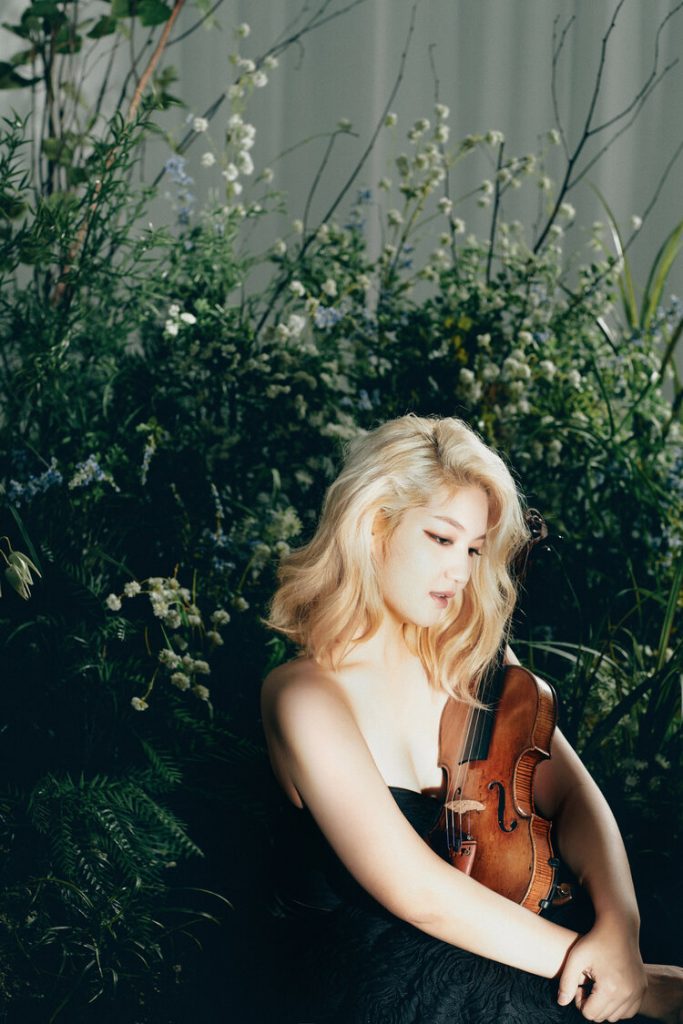by Kevin McLaughlin

The concert, at University Circle’s Church of the Covenant, began solemnly with the McTee. Adapted from her Agnus Dei for organ, it was written in the aftermath of the 9/11 attacks and includes occasional references to Samuel Barber’s Adagio for Strings as well as to her teacher Krzysztof Penderecki’s Polish Requiem. The church setting and its resonant acoustic enhanced the work’s haunting quality, as did the intelligent pacing by conductor Daniel Meyer. The choir of strings, with one cohesive voice, grew and receded in intensity for a compact and moving portrayal of grief.
For reasons we’ll never know, Jinjoo Cho hesitated in taking the stage prior to playing the Barber Concerto, requiring a special trip by Meyer to go and find her. But once in place, she seemed at ease. Her first musical entrance, a soaring line that sounds like the best kind of movie music, surprised us with its unabashed gorgeousness. And she maintained control over the surprising melodic and rhythmic shifts throughout.
Meyer was a good arbiter of balance, preserving prominence of the soloist against sometimes thick, harmonically active orchestral textures. Fine solos came from hornist Ken Wadenpfuhl and clarinetist Benjamin Chen, and especially oboist Martin Neubert.
The perpetual-motion finale, feared by violinists everywhere, seemed to present little difficulty to Cho. Some of the trickier passages in the orchestra got muddied, though — probably due to their distance from the audience and wobbly acoustics — but Cho’s lines were clean and well-chiseled. Success begat relief and a smile, and then loud applause.
After the Barber, Copland’s Appalachian Spring orchestral suite was next, but not as the sunny pioneer life we thought we knew. In his well-delivered introductory remarks, Meyer reminded us that the ballet is neither set “in the Appalachians” (Copland was less specific) nor in springtime (“spring” refers to a wellspring here). Meyer also had us listen for moods of melancholy in addition to optimism. Copland and Martha Graham conceived the ballet during the bleakest stretch of World War II, and the work was immediately understood as a reflection of national identity and fulfillment during a difficult time.
Now that we had that in our heads, we listened to the music: along with the lively and playful, there was music that was desolate, nostalgic, and bittersweet. Still, the loveliness of the musicians’ playing lifted our spirits. Meyer brought out clarity and balance, Chen and flutist Sean Gabriel offered poignant solos, the strings made merry, and in the final hymn, the brass left us all feeling ennobled.
Published on ClevelandClassical.com November 28, 2023.
Click here for a printable copy of this article



